Power Systems Overview
The chassis power system provides power to chassis components and is made up of two power shelves that contain power modules. Each power shelf is connected to a separate and independent power source. Input power enters the power shelves and is processed by the power modules before being distributed to the components in the chassis.
The line card chassis can be either DC or AC powered. There are two options for power systems:
Fixed configuration power system— consists of two power shelves, AC rectifiers or DC power entry modules (PEMs), and alarm modules. The AC version requires either 3-phase AC-Delta or 3-phase AC-Wye input power to the power shelves. In redundant configuration, the fixed configuration power system provides power sharing per power zone. The fixed configuration power system includes SNMP MIBS and XML support.
Modular configuration power system —consists of two power shelves, AC or DC power modules (PMs), and alarm modules. However, unlike the fixed configuration power system, the AC version of the modular configuration power system requires single-phase AC input power to the power shelves; there is no 3-phase AC-Wye or AC-Delta. If you have 3-phase AC Delta or AC Wye at your equipment, a Cisco CRS 3-phase AC power distribution unit (PDU) will be required to convert 3-phase AC input power to single-phase AC input power for the power shelf. At the shelf level, the power system provides 2N redundancy; the PMs themselves provide load-share redundancy. The modular configuration power system also includes SNMP MIBS and XML support.
 Note |
In a modular configuration AC power system, PDU refers to the Cisco CRS 3-phase AC PDU which is required to convert 3-phase AC-Wye or AC-Delta input power to single-phase AC input power for the modular configuration AC power shelf. For further information, refer to http://www.cisco.com/en/US/docs/routers/crs/crs1/mux_box/installation/quick_start/guide/crs_pdu_qs.html Cisco CRS 3-Phase AC Power Distribution Unit Installation Guide . |
Maximum input power requirements for line card chassis with a fixed configuration power system installed are as follows:
- DC-powered chassis requires up to a maximum of 13,895 W (13.9 kW) of DC input power when the chassis is fully loaded (95% efficiency).
- AC-powered chassis requires up to a maximum of 15,000 W (15.0 kW) of AC input power when the chassis is fully loaded (88% efficiency).
Maximum input power requirements for line card chassis with a modular configuration power system installed are as follows:
- DC-powered chassis requires up to a maximum of 14,667 watts (14.7 kW) of DC input power when the chassis is fully loaded (88% efficiency).
- AC-powered chassis requires up to a maximum of 14,348 watts (14.4 kW) of AC input power when the chassis is fully loaded (92% efficiency).
 Note |
If you have a Cisco CRS 3-phase AC PDU installed, six AC PMs are required to be installed in each modular configuration AC power shelf to maintain a balanced 3-phase power load. |
 Note |
These power requirements are for a fully loaded chassis with sixteen PLIMs. A chassis with fewer PLIMs uses slightly less power. However, it is a good idea to allocate this much power for each chassis to ensure that enough power is available for future system expansion. |
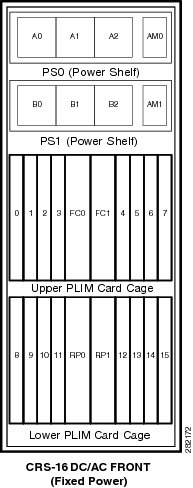
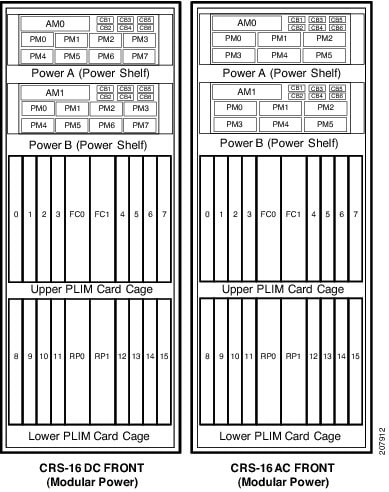
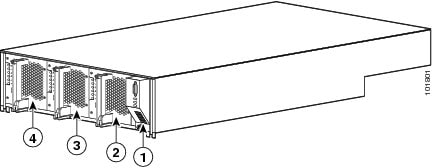


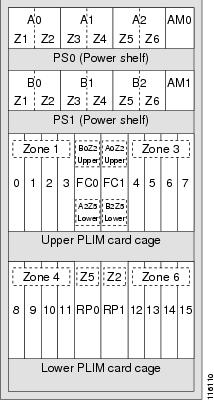






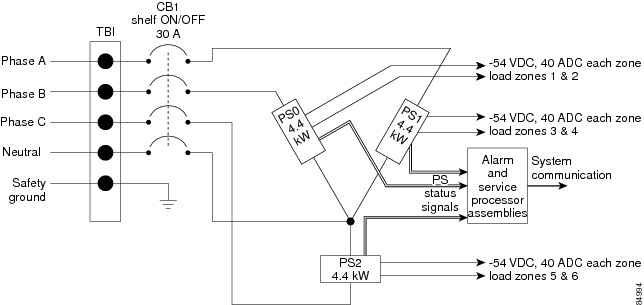




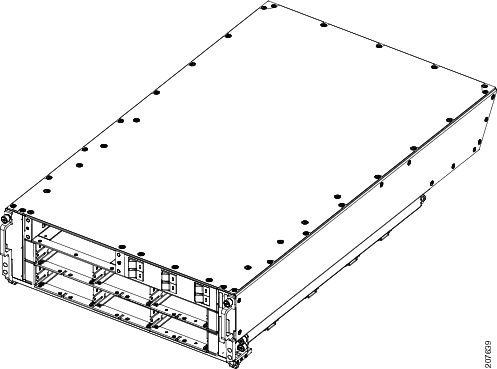
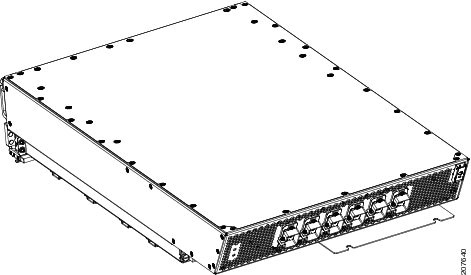




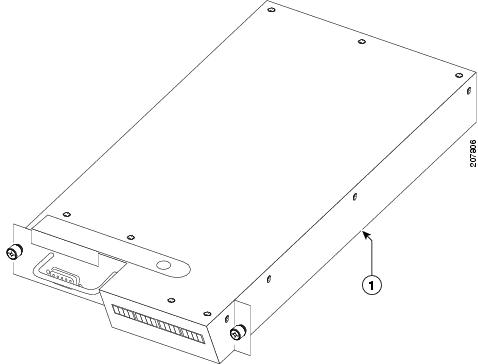


 Feedback
Feedback